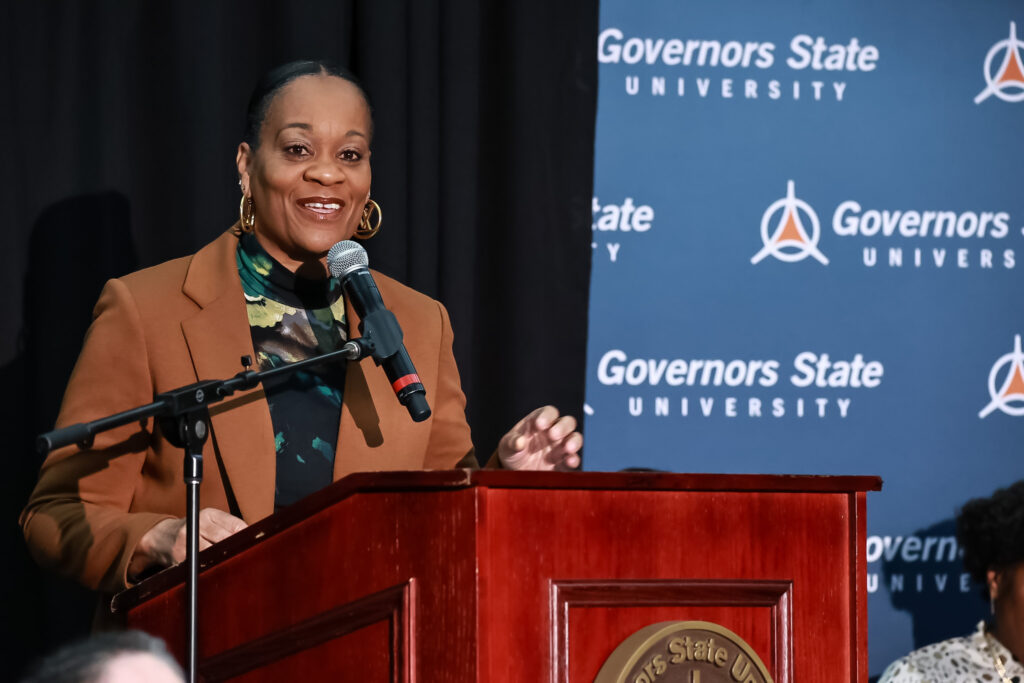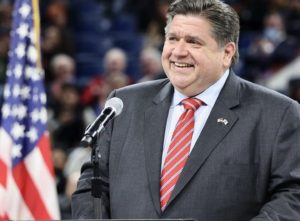Illinois’ ‘equitable’ funding report seeks $1.4 billion more for higher education
(The Center Square) – Democrats unveiled a report that ultimately calls for Illinois taxpayers to pay $1.4 billion more to fund public universities. A Republican legislator questioned if that will…

(The Center Square) – Democrats unveiled a report that ultimately calls for Illinois taxpayers to pay $1.4 billion more to fund public universities. A Republican legislator questioned if that will help keep students from finding higher education outside of Illinois.
The Commission on Equitable Public University Funding, created by law in 2021, released a report that finds an additional $100 million to $135 million annually to public universities would allow the state to bridge the reported funding gap in 10-15 years.
Robin Steans, president of Advance Illinois, said the funding formula laid out in the report is much like a funding formula executed in Illinois K-12 schools. Steans said K-12 is seeing success despite Illinois students experiencing record low literacy rates and math proficiency rates.
“Illinois has weathered that better than every other state in the nation and I think the reason for that, it’s hard to prove a negative, it’s hard to prove that relationship, but there’s no doubt in my mind that the fact we had several years to invest in the districts that needed it most put us in a much stronger position going into the pandemic and that is why we have weathered it better,” said Steans. “Do we still have recovery to do? Hell yes.”
Illinois’ recent 2023 Report Card shows that 65% of the state’s 1.86 million public school children can’t read at grade level despite the increased funding. That’s 1.2 million students.
State Rep. Paul Jacobs, R-Pomona, who serves on the House Appropriations-Higher Education Committee, said universities have to have a product students want and that his five grandchildren chose schools out of state because it was cheaper. Jacobs said the Commission on Equitable Public University Funding never approached the appropriations committee.
“They should include all the parties instead of saying, ‘Well this is the way it’s going to be and this is the budget.’ Then they wonder why we vote against the budget. It’s detrimental to the whole state,” Jacobs said. “The budget is not balanced.”
Gov. J.B. Pritzker’s budget proposal for fiscal year 2025 would increase public university funding by about $24.6 million.
Senate Majority Leader Kimberly Lightford, D-Maywood, said Illinois has to focus on in-state disparities before focusing on things like tuition-matching programs as opposed to funding.
“How about the students who are here in the state of Illinois and allowing them an opportunity to have a fair system?” Lightford asked. “So before we can look at these out-of-state matching programs, once you read the report you’ll find that some of those items were taken into consideration, but like anything else, like with your house, you have to have a firm foundation.”
Illinois Senate Majority Leader Kimberly Lightford, D-Maywood, discusses increased funding for higher education BlueRoomStream
Steans said things like tuition-matching programs don’t serve as a substitute for getting the underlying funding approach right.
Jacobs said Southern Illinois University, which is in his district, has seen a slight improvement in enrollment, but the fees there and throughout the state are too high. Nearly one out of two public school graduates bound for a four-year university chose to leave Illinois rather than studying at an in-state institution.
“You can throw all the money you want at it. Until you get that 51% to stay here in the state, we have a problem,” Jacobs said.
Jacobs said high taxes and anti-business policy are running students out.


